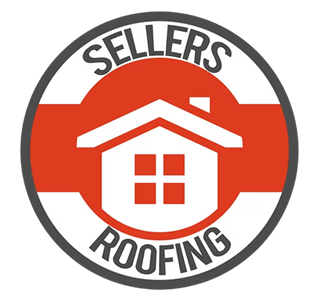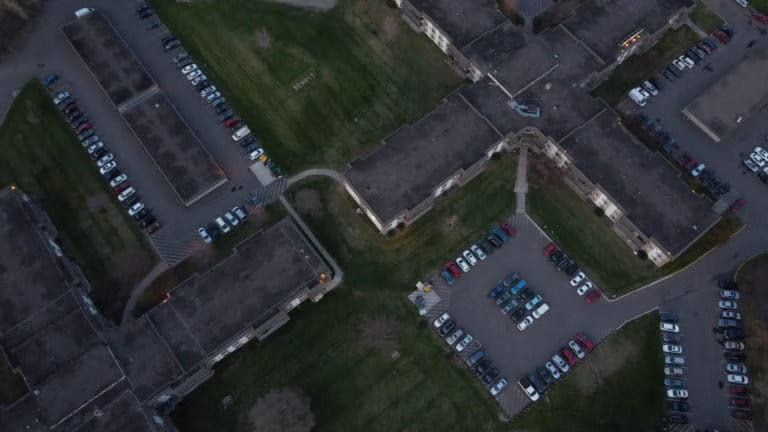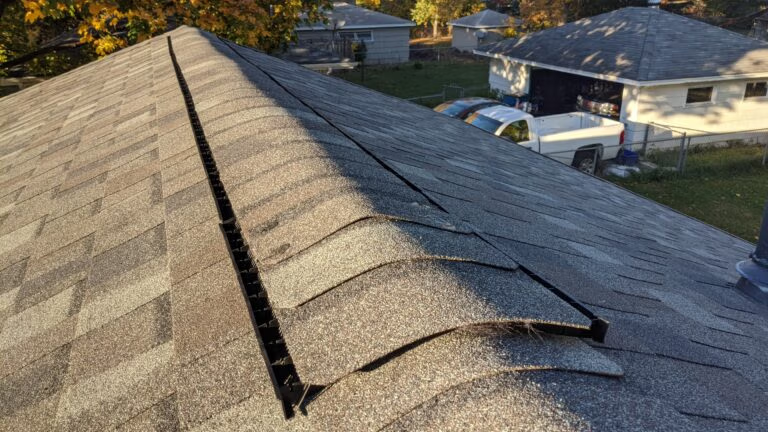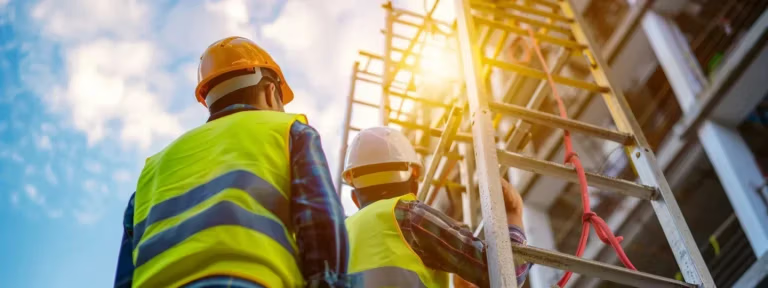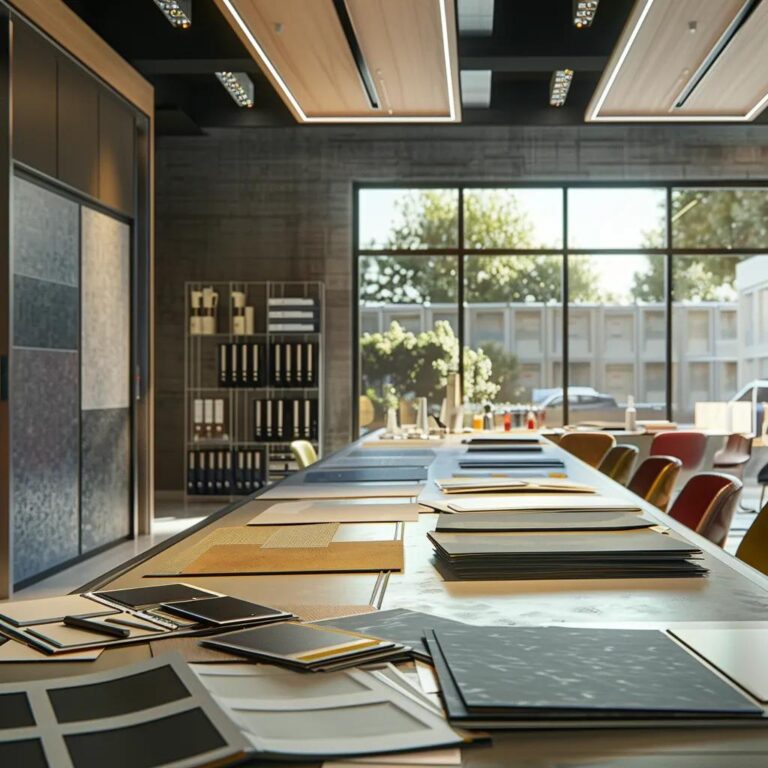Frequently Asked Questions
How long does cedar shake roof last?
The longevity of a cedar shake roof can range from 30 to 50 years, depending on factors such as climate, maintenance, and the quality of the initial installation. With proper care, cedar shake roofs can provide long-lasting protection and aesthetic appeal for a home.
How long do cedar shake roofs last?
Cedar shake roofs can last 30 to 50 years or more with proper maintenance, making them a durable and long-lasting roofing option, particularly in areas with heavy rainfall.
How long will cedar shake roof last?
Cedar shake roofs typically last 30 to 50 years with proper maintenance, making them a durable and long-lasting roofing option for homeowners.
Cedar shake roof how long does it last?
The durability of a cedar shake roof depends on various factors, but with proper maintenance, a cedar shake roof can typically last 30 to 50 years or more.
How long should a cedar shake roof last?
A properly installed and well-maintained cedar shake roof can last 30 to 50 years, providing excellent weather resistance and low maintenance requirements for homeowners.
How long do cedar shakes last?
Cedar shakes are known for their exceptional durability, with a lifespan ranging from 30 to 50 years, or even longer, when properly maintained and protected from the elements in heavy rain areas.
What factors affect cedar shake roof lifespan?
Factors affecting cedar shake roof lifespan include climate, installation quality, maintenance, and exposure to environmental elements such as sunlight, wind, and moisture. Proper installation and regular maintenance are crucial for maximizing the longevity of a cedar shake roof.
When should I replace my cedar shake roof?
A cedar shake roof should be replaced when it shows significant wear, such as cracking, splitting, or rotting of the shakes, or when it no longer effectively protects the home from the elements.
How to extend the life of cedar shakes?
Extending the life of cedar shakes involves regular maintenance, such as cleaning, treating, and replacing damaged or worn-out shakes. Proper ventilation and protecting the shakes from excessive moisture can also help prolong their lifespan.
What maintenance is required for cedar shakes?
The maintenance required for cedar shakes is minimal, as they are naturally resistant to rot and insect damage. Regular inspection and occasional cleaning to remove debris are the primary maintenance tasks for cedar shake roofs.
What weather conditions impact cedar shake durability?
Cedar shake shingles are highly durable, but they can be impacted by severe weather conditions such as heavy rain, strong winds, and prolonged exposure to direct sunlight, which can lead to premature weathering and deterioration over time.
How do cedar shakes withstand heavy rain?
Cedar shakes are highly resistant to heavy rain due to their natural oils and ability to shed water effectively. The unique construction and water-repellent properties of cedar shakes make them a durable choice for roofing in areas with heavy rainfall.
Are there different grades of cedar shakes?
Yes, there are different grades of cedar shakes that vary in quality and durability. Premium and select grades offer superior resistance to weathering and insect damage, making them a more durable and long-lasting roofing choice.
How often should cedar shake roofs be inspected?
Cedar shake roofs should be inspected annually to ensure they remain in good condition and to identify any potential issues that may require repair or maintenance.
What is the average cost of cedar shake roofs?
The average cost of cedar shake roofs can range from $12 to $18 per square foot, depending on the complexity of the installation, the quality of the materials, and the location of the project.
How do cedar shakes compare to asphalt shingles?
Cedar shakes offer greater durability and natural beauty compared to asphalt shingles, with a longer lifespan of up to 30-50 years, while asphalt shingles typically last 15-25 years. Cedar shakes are also more resistant to weather elements and require less maintenance.
What is the warranty period for cedar shakes?
The warranty period for cedar shakes typically ranges from 30 to 50 years, depending on the manufacturer and the specific product. Cedar shake roofs are known for their durability and long-lasting performance when properly maintained.
Can cedar shake roofs be painted or stained?
Cedar shake roofs can be painted or stained to enhance their appearance and protect the wood from weathering. Painting or staining cedar shakes is a common practice that can extend the lifespan of the roof and provide a desired aesthetic.
What are the signs of cedar shake damage?
Signs of cedar shake damage include warping, cracking, splitting, or discoloration of the shingles, as well as excessive moss growth or algae buildup. These issues can compromise the roof's integrity and weatherproofing over time.
How to choose the right cedar shake shingles?
Choosing the right cedar shake shingles involves considering factors such as the roof's slope, climate, and desired aesthetic. It's important to select shingles that meet local building codes and provide the necessary protection for your home.
What lifespan can I expect for treated shakes?
Treated cedar shake shingles typically have a lifespan of 30 to 50 years when properly maintained, providing a durable and long-lasting roofing solution.
Do cedar shake roofs attract pests or insects?
Cedar shake roofs do not inherently attract pests or insects. The natural wood material is resistant to insect infestation, and proper installation and maintenance helps prevent any potential entry points for pests.
What installation techniques enhance cedar shake longevity?
Proper installation techniques, such as ensuring proper ventilation and using the right fasteners, can enhance the longevity of cedar shake roofing. Proper installation helps prevent moisture buildup and damage, extending the lifespan of the cedar shakes.
How can weatherproofing benefit cedar shake roofs?
Weatherproofing can significantly benefit cedar shake roofs by improving their resistance to water damage, extending their lifespan, and enhancing the overall durability of the roofing system, making it an effective way to maintain the integrity and longevity of cedar shake roofs.
What are the benefits of cedar shake roofing?
The benefits of cedar shake roofing include exceptional durability, natural weather resistance, and low maintenance requirements, making it a reliable choice for homeowners, especially in areas with heavy rainfall.
How to repair minor issues on cedar shakes?
Repairing minor issues on cedar shakes typically involves replacing individual damaged shakes, securing loose shakes, and addressing small cracks or splits using a high-quality sealant specifically designed for cedar roofing.
What are the best practices for cedar shake maintenance?
The best practices for cedar shake maintenance include regular inspections, cleaning, and prompt repairs to ensure long-term durability and weather resistance. This includes clearing debris, treating for moss and mildew, and addressing any damaged or loose shakes to maintain the integrity of the roof.
How do climate changes impact cedar shake roofs?
Climate changes can impact cedar shake roofs through increased exposure to extreme weather conditions, such as heavy rain, high winds, and temperature fluctuations, which can accelerate the weathering and deterioration of the shakes over time.
What is the cost difference between cedar and asphalt roofs?
The cost difference between cedar and asphalt roofs is that cedar roofs generally cost more upfront but can last significantly longer, up to 30-50 years, compared to asphalt roofs which typically last 15-20 years.
Are cedar shakes recommended for all roof types?
Cedar shakes are not recommended for all roof types. They work best on steep-sloped roofs that can handle their increased weight and provide proper drainage. Flat or low-slope roofs may not be suitable for cedar shakes due to potential moisture issues.
